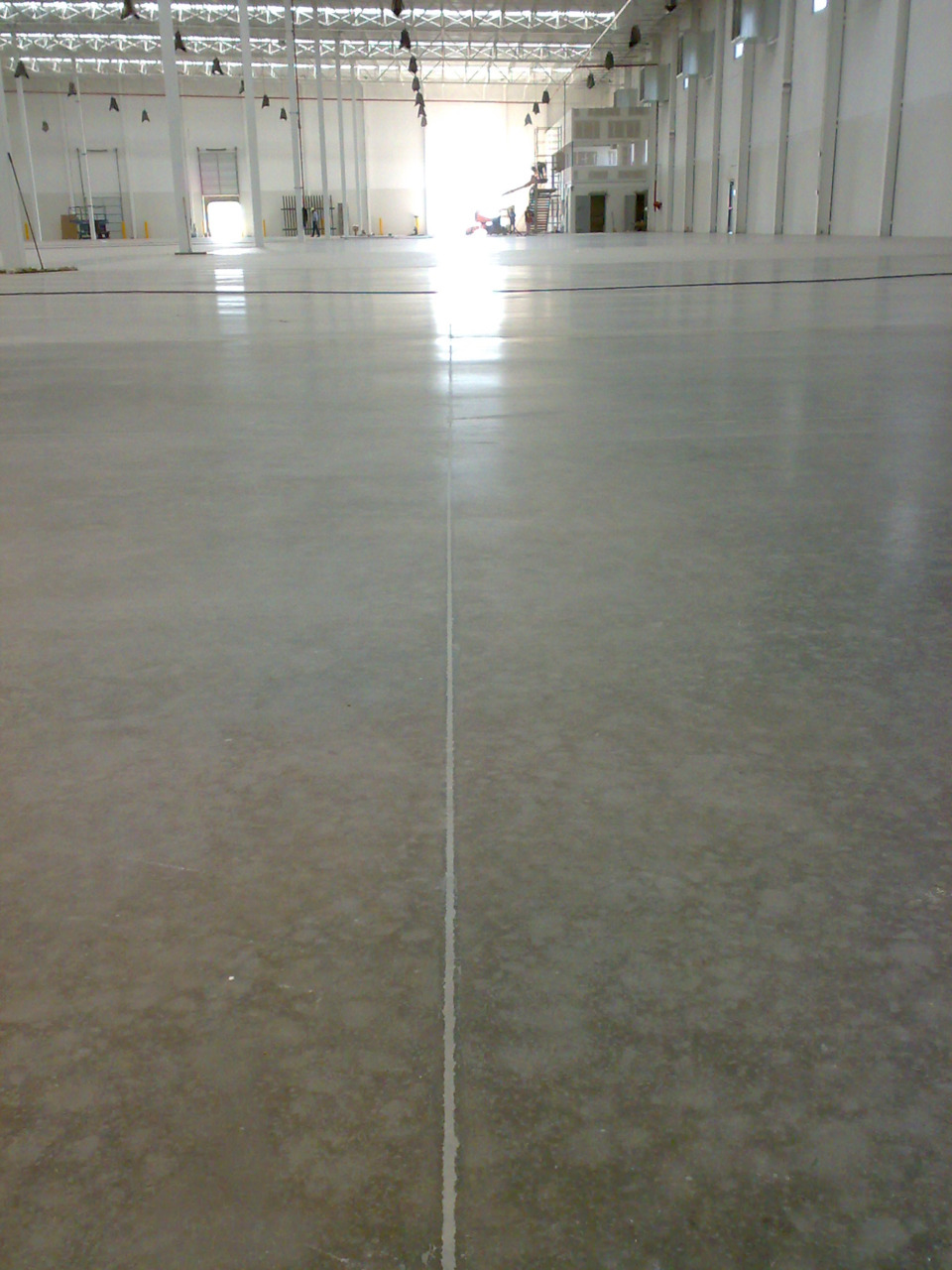QUESTION
I have a small floor install in a basement. A construction joint runs about 1/3 into my floor. I’m installing 6”x36” porcelain tiles over this floor. My plan was to create a soft joint in line with the construction joint.
Two problems exist with this joint.
1. It’s out of square 3/4 to the adjacent walls.
2. If I lay out with full tiles on both sides of where the construction joint is located, I end up with a 1” strip on one of the adjacent walls.
I was under the impression there is a method for moving the joint using anti-fracture membranes, etc. Whatever the case, would you please advise me as to what would be the best practice based on the situation I described?
ANSWER
Thanks for your question. This is a common concern and I am glad you are addressing it before installing the tile.
Manufacturers of crack-isolation membranes will sometimes allow that one or more products are capable of spanning a construction joint in the substrate. This is a case-by-case, product-by-product, manufacturer-by-manufacturer consideration, since many products have similar properties but different limitations. I suggest you contact your go-to membrane manufacturer and ask which of their products might be suitable for this application and what their instructions are for applying it. Their Technical Data Sheet and Installation Instructions will be very informational.
IMPORTANT NOTE: Membranes designed for crack isolation are only appropriate for in-plane (lateral/side-to-side) movement. They are not appropriate for out-of-plane (up and down) movement of the substrate. If one or both of the sections of substrate that have been isolated from each other move up or down, the membrane likely won’t be able to protect the tile. Crack-isolation membranes have limitations for how much side-to-side movement they can handle. This varies from product to product.
In addition to EJ-171, the TCNA Handbook has two methods for crack isolation (Full Isolation and Partial Isolation). Please use the Method Locator in the back of the Handbook to find these methods. They will provide you with more information.
– Mark Heinlein, NTCA Training Director


Mark Heinlein
Mark Heinlein is Training Director for the National Tile Contractors Association. He is Certified Tile Installer #1112 and currently a Ceramic Tile Education Foundation evaluator for the Certified Tile Installer program. Heinlein was the owner of Mark Heinlein Surfaces of Negaunee, Michigan.







